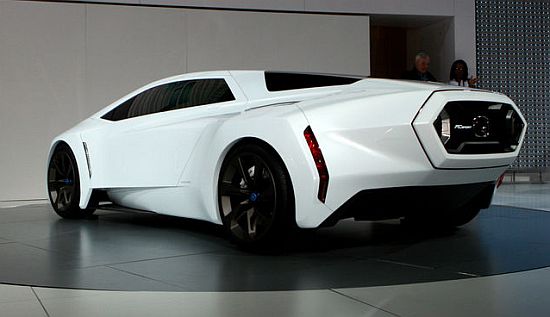Upon its release in 1990, the NSX was a design concept ahead of its time. At 1,170 mm (46 in) in height (only 141.3 mm (5.56 in) taller than the legendary Ford GT40), the car showcased Honda's technology. The Japanese car maker's race track innovations and competitive history were further exemplified on the road by the NSX's ultra-rigid, ultra-light all aluminum monocoque chassis, all aluminum front and rear double wishbone suspension with forged control arms connected to forged alloy wheels boasting the world's first production car engine with titanium connecting rods, forged pistons and ultra high-revving capabilities — the redline was at a lofty 8,000 rpm - all traits usually associated with track and race engineered motor cars.
Aside from its unique 23-step paint process, including an aircraft type chromate coating designed for chemically protecting the aluminum bodywork and a waterborne paint for the base coat to achieve a clearer, more vivid top color and a smoother surface finish, today the NSX is still considered by owners of the marque as one of the most reliable exotic cars ever manufactured with many examples exceeding 100,000 miles (160,000 km) without serious notable reliability issues or having suffered manufacturer recalls.
The car's strong chassis rigidity and cornering/handling capabilities were the results of Ayrton Senna's direct input with NSX's chief engineers while testing the NSX prototype car at Honda's Suzuka Circuit during its final development stages.[7] The NSX was initially assembled at the purpose-built Takanezawa R&D Plant in Tochigi from 1989 to early 2004, when it was moved to Suzuka Plant for the remainder of its production life. The cars were assembled by approximately 200 of Honda's best and most experienced personnel, a team of hand-picked staff with a minimum of ten years assembly experience employed from various other Honda facilities to run the NSX operation.[2] After studying their main competitors such as Ferrari, Lamborghini and Porsche, Honda engineers designed the NSX in search of the perfect balance between usable power and reliability and thus produced a powerful naturally aspirated VTEC engine suitable for the extreme demands of both road and track.
Subscribe to:
Post Comments (Atom)





0 comments:
Post a Comment